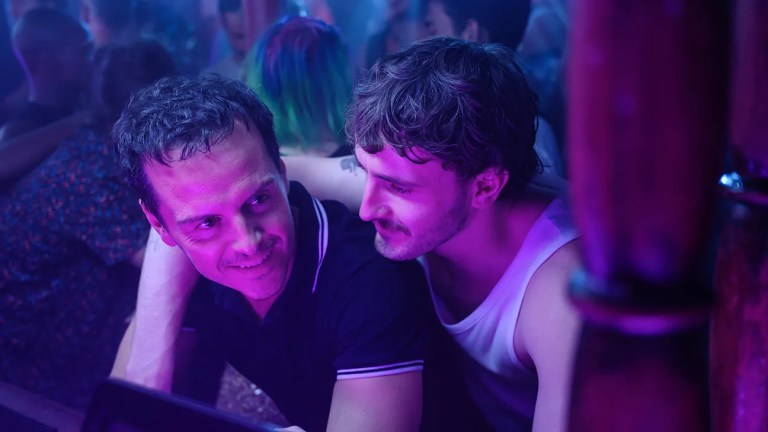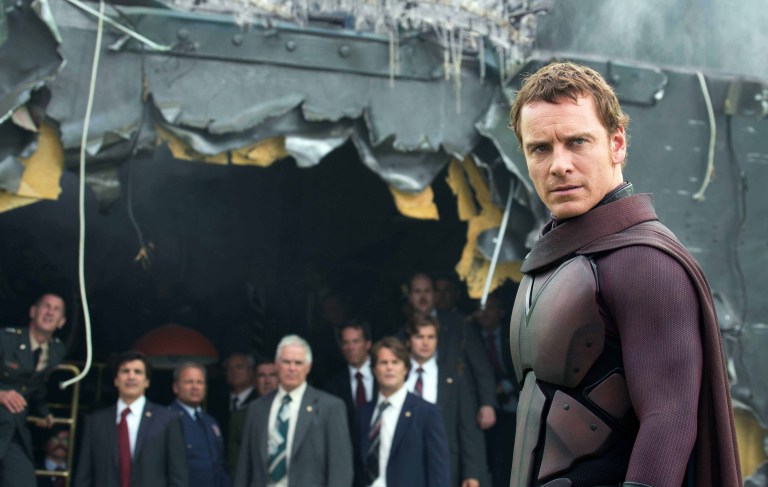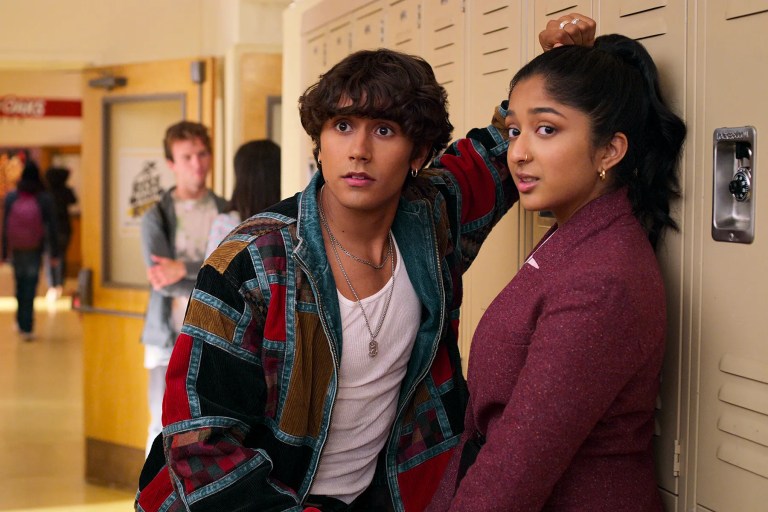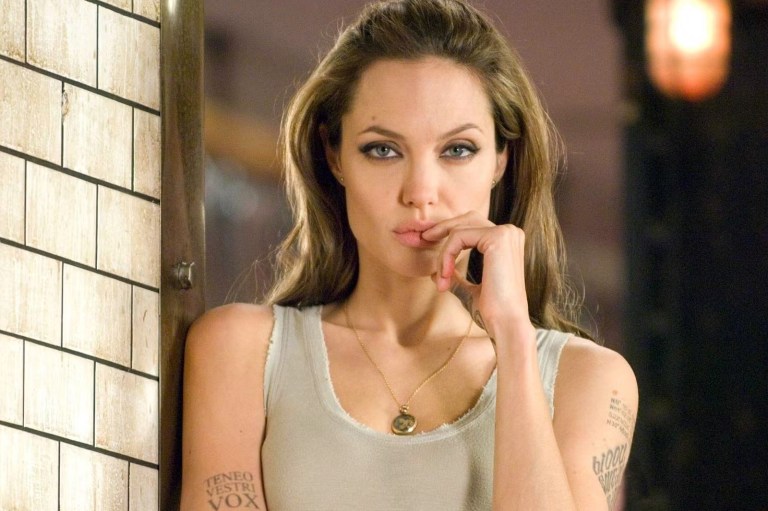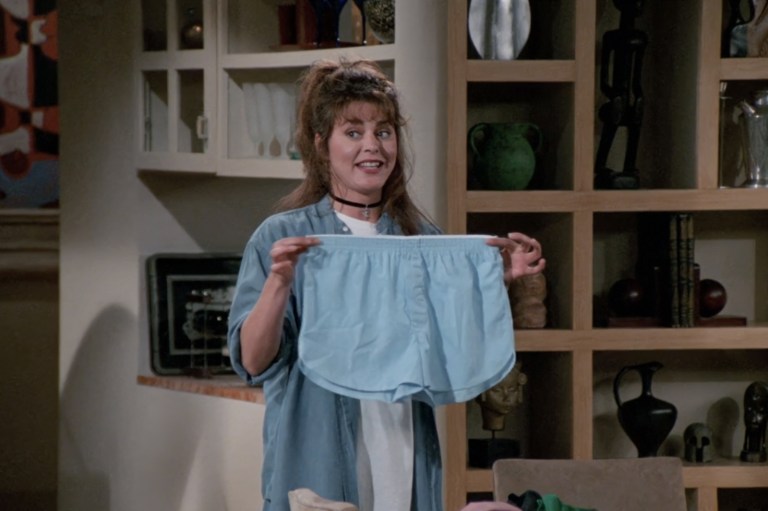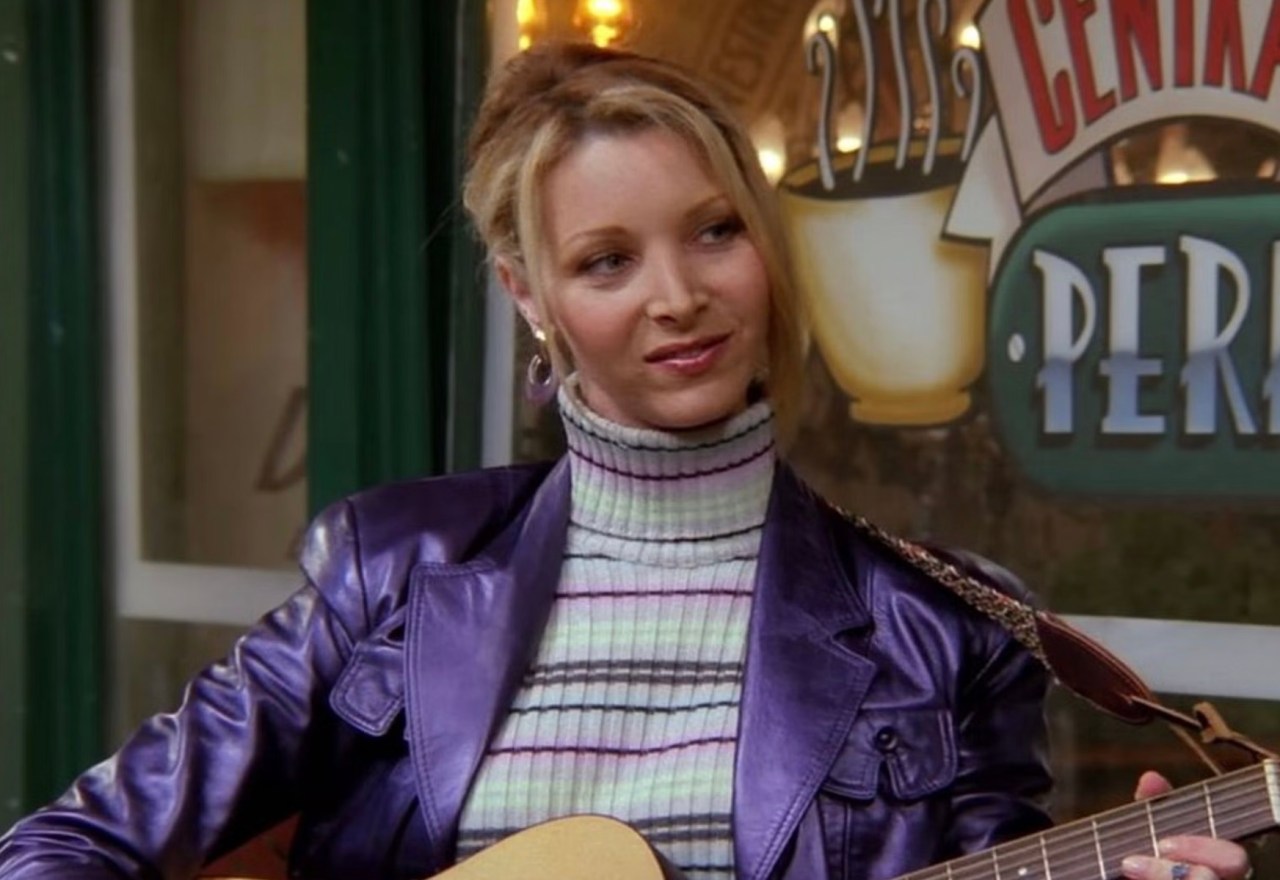
7 Television Characters Who Should’ve Been Explicitly LGBTQ+
By ![]() Jamie Lerner
Jamie Lerner
There haven’t been nearly enough queer leading characters and queer-focused entertainment until recently. While some of our favorite shows and movies today are centered on queer characters, such as Love, Victor and Heartstopper, many characters in the past didn’t get the privilege to be out and proud.
Even still, producers and writers often created characters that seemed queer without explicitly stating it to draw in LGBTQ+ audiences without alienating homophobic audiences. Nowadays, we call this “queerbaiting.” And while this practice first existed because of homophobic legislation like the Hays Code, it’s now deemed archaic among queer communities.
These characters were written in a way that’s “queer coded,” to denote potential queerness to viewers who would recognize those traits. According to what’s trending, “Queer Coded male characters often take pride in their appearance, define themselves by having good taste, possess a flair for the dramatic, and are generally the last person you would pick for help in a fight.”
On the other hand, “Queer Coded female characters often reject signifiers of classic femininity and provide stoic tomboyish foils to the emotional and girly female lead. These characters prefer flannels to dresses and always tend to require a makeover montage to be deemed attractive.” While both examples play on one-dimensional and offensive stereotypes, the upside is that there are many potentially queer characters who might have been out and proud had they had the chance.
Phoebe from ‘Friends’
The most-referenced example, everyone knows that Phoebe Buffay would’ve been bisexual had she been given the chance. From wearing vests and rings to her unabashed fear of being who she is, she’s already a bi icon. Phoebe even kisses Rachel in an episode “to see what the fuss is about,” so she’s already bicurious. Plus, she gawks at Monica and Ross’s hot female cousin, played by Denise Richards. But let’s turn that “curious” into “sexual” and give her some women to date — even if she still ends up with Mike in the end.
Schmidt from ‘New Girl’
One of the best things about New Girl is creator Elizabeth Merriweather’s willingness to play with gender stereotypes — giving all five main characters both masculine and feminine qualities. But many fans have asked throughout the years, “Why can’t Schmidt be bisexual?” Aside from his queer-coded traits — like his flair for the dramatic and well-coiffed appearance — when Schmidt meets Reagan, he says, “I completely appreciate the fluidity of sexuality. I’m basically a woman myself.”
While Schmidt’s more feminine side and emotional vulnerability with his friends is often played up for laughs in New Girl, it would have been a great opportunity for bisexual representation in the series.
Lily from ‘Hannah Montana’
While Miley Cyrus is bisexual, her Miley Stewart character was seemingly straight. But imagine how much better Hannah Montana would’ve been if there was a little romantic tension between Miley and Lily. From Lily’s funky-hair-colored alter ego to her silly-meets-sporty personality, she could’ve been a queer role model for all of us millennials.
Screech from ‘Saved by the Bell’
Screech never got the love he deserved, and after Dustin Diamond’s memoir chronicling the chaotic Saved by the Bell years, his otherness from the cast makes a little more sense. (RIP). While Dustin wasn’t gay, Screech definitely boasts some queer-coding. He rarely gets love interests, and when he does, it’s just nerd love and unrequited crushes. But the queer nerd has a definite place in pop culture—supporting his besties, sticking to his own interests, being a bit more flamboyant, and being the funniest in the friend group.
Jan in ‘The Brady Bunch’
The Brady Bunch was a relic of its time that strayed away from any sexuality (straight or LGBTQ+) in an effort to be a family-friendly distraction from the world’s darker realities, such as communism and the Vietnam War. But nowadays, we can’t ignore the world around us, and part of that world is reckoning with identity and sexuality.
Throughout the series (and the subsequent The Brady Bunch Movie), Jan is othered from the rest of the children. She feels like she should be more like Marcia, but she is different. In fact, a writer for the queer-focused online magazine them said that Jan was the most “relatable” character who helped him realize he was queer. “[Jan] feels constantly left out and just wants to reinvent herself and have her moment in the limelight … I could connect to the awkward feeling of trying to figure out your identity,” he said.
Sheldon from ‘The Big Bang Theory’
In The Big Bang Theory, every character gets their “happy ending” with a significant other. But why does a happily ever after have to include someone else? Sheldon is almost certainly asexual—he talks about not enjoying physical touch and he often doesn’t show affection towards Amy. Did the writers really have to give him a partner? Why couldn’t they just let him be the asexual king that he is?
Jane Rizzoli from ‘Rizzoli & Isles’
With Redditors saying that “Jane Rizzoli is the definition of compulsory heterosexual” and the queerbaiting between Rizzoli and Isles, Jane was obviously meant to be queer. People called Jane “tomboyish” and “brash,” and every male love interest was actually just uninteresting (to us and to Jane!) Yes, female friendship without sexual tension is possible, but that just doesn’t seem to fit the bill for Rizzoli and Isles, whose series would have been way better had they actually explored the romance hinted at by the show’s creators.
Here’s to hoping that more television characters going forward are out and proud!
